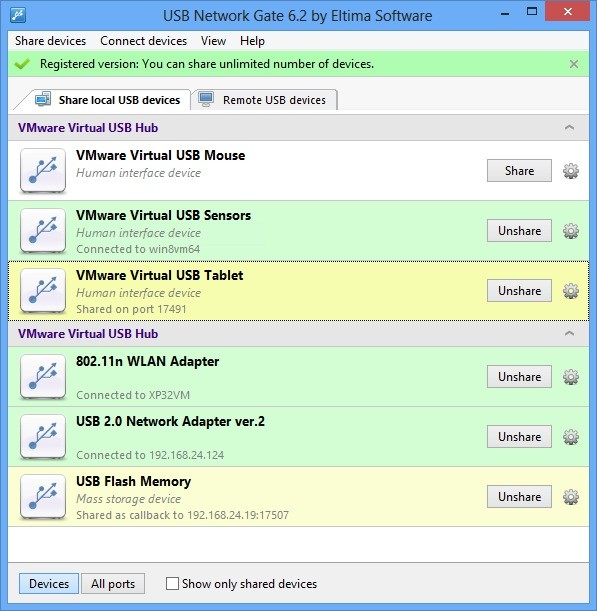


But, technological feasibility is beside the point. In theory, it sounds like something that could be done. Could there be a way for a type 1 hypervisor to assign a USB port to a specific guest by doing the same thing that a type 2 does? I don’t know. Hyper-V can’t do this because one operating system instance locking a USB port from all other operating system instances is just not how type 1 virtualization works. A type 2 hypervisor is essentially an application shim that is pretending to provide a root hardware device, which is fine because it doesn’t require the same degree of isolation as a type 1 hypervisor. They are kernels firmly entrenched within partitions. If you’ve ever used a type 2 hypervisor in this way, you’ll notice that they explicitly tell you that the USB device can be attached to the parent or a guest - there’s no sharing or divvying up resource access or anything of the sort. Applications have the ability to exclusively capture a USB port to prevent other applications from using it if they like this is why it’s so easily done in a type 2 hypervisor. In a type 2 hypervisor, the management operating system is installed directly to the hardware and the hypervisor is just another application that runs within it. The very sharp distinction to be made here is that Hyper-V is a type 1 hypervisor whereas the products that provide simple USB passthrough are type 2 hypervisors.

The complaint typically accompanies a negative comparison to applications such as VMware Workstation and Oracle VirtualBox, which can perform USB passthrough. I often read complaints that Hyper-V cannot perform passthrough operations for USB devices. If the Offline option is not available, the disk cannot be used as a passthrough.

Hyper-V can set up most USB disk drives in passthrough mode, but it does so via Windows’ storage subsystem. How to Add Hyper-V Passthrough Support for USB Drives As a result, we face special difficulties with USB in virtualized environments. USB devices expect to communicate with only one subsystem or application at a time. Other hardware components present a greater challenge for virtualization because they are not shared, even among separate applications. Even on non-virtualized systems, these resources are shared. It focuses on CPU, disk, and memory because all operating systems and applications require them. One of the chief features of virtualization is the abstraction of the hardware.


 0 kommentar(er)
0 kommentar(er)
